Satellite photos show how Ukraine’s gamble on an incursion deep into Russia changed the battlefield
Will Ukraine dig in and keep the conquered territory, advance further into Russian territory or pull back?
Your support helps us to tell the story
From reproductive rights to climate change to Big Tech, The Independent is on the ground when the story is developing. Whether it's investigating the financials of Elon Musk's pro-Trump PAC or producing our latest documentary, 'The A Word', which shines a light on the American women fighting for reproductive rights, we know how important it is to parse out the facts from the messaging.
At such a critical moment in US history, we need reporters on the ground. Your donation allows us to keep sending journalists to speak to both sides of the story.
The Independent is trusted by Americans across the entire political spectrum. And unlike many other quality news outlets, we choose not to lock Americans out of our reporting and analysis with paywalls. We believe quality journalism should be available to everyone, paid for by those who can afford it.
Your support makes all the difference.Ukraine's shock incursion into Russia’s Kursk border region was a gamble for military commanders, who committed their limited resources to a risky assault on a nuclear-armed enemy with no assurance of success.
After the first signs of progress, Ukrainian President Volodymyr Zelenskyy broke his silence and spelled out Kyiv’s daily advances to his war-weary public. By Wednesday, Ukrainian officials said they controlled 1,000 square kilometers (386 square miles) of enemy territory, including at least 74 settlements and hundreds of Russian prisoners of war.
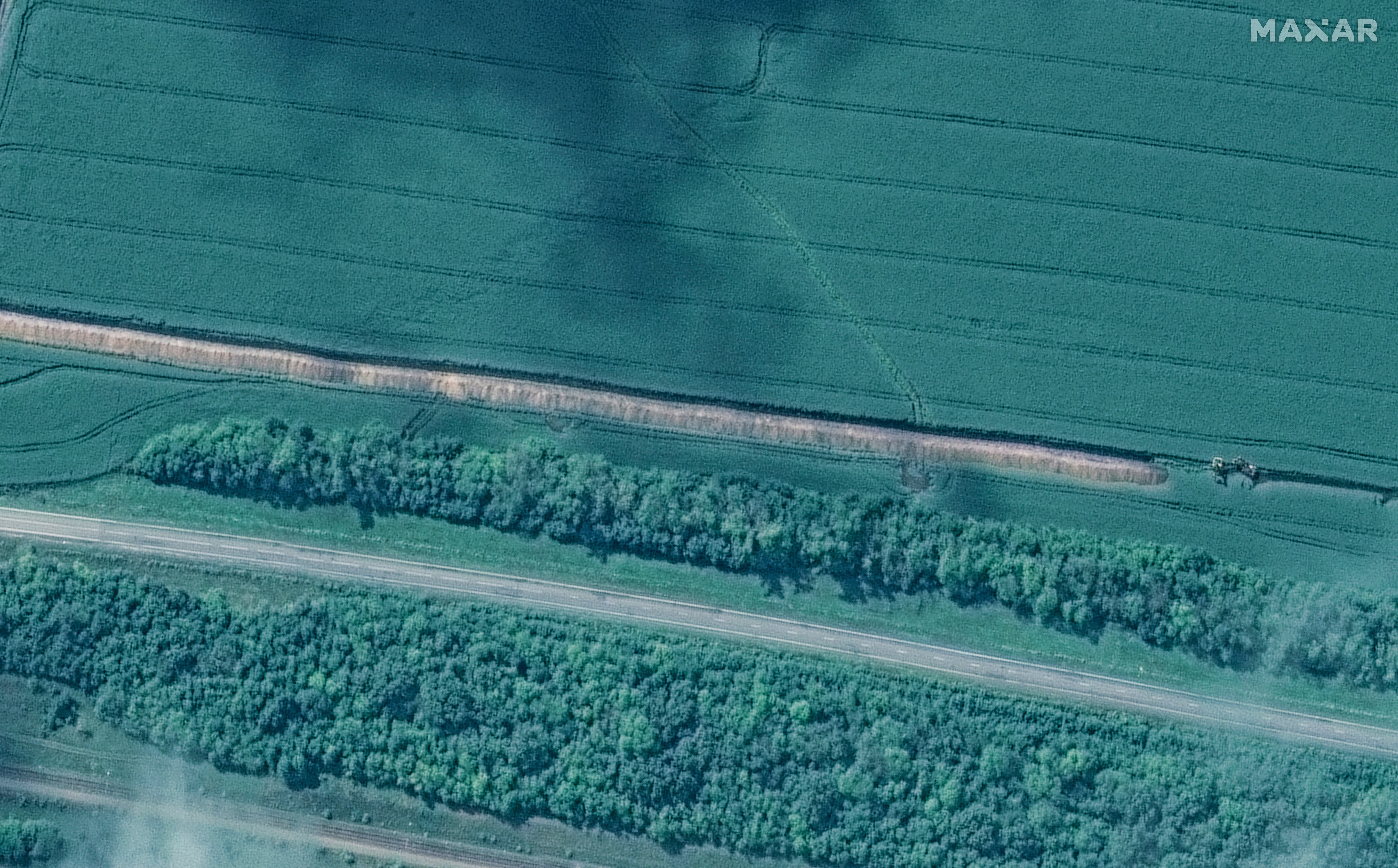
But a week after it began, the overall aim of the daring operation is still unclear: Will Ukraine dig in and keep the conquered territory, advance further into Russian territory or pull back?
What is clear is that the incursion has changed the battlefield. The shock of Ukraine’s thunder run revealed chinks in the armor of its powerful adversary. The attack also risked aggravating Ukraine’s own weaknesses by extending the front line and committing new troops at a time when military leaders are short on manpower.
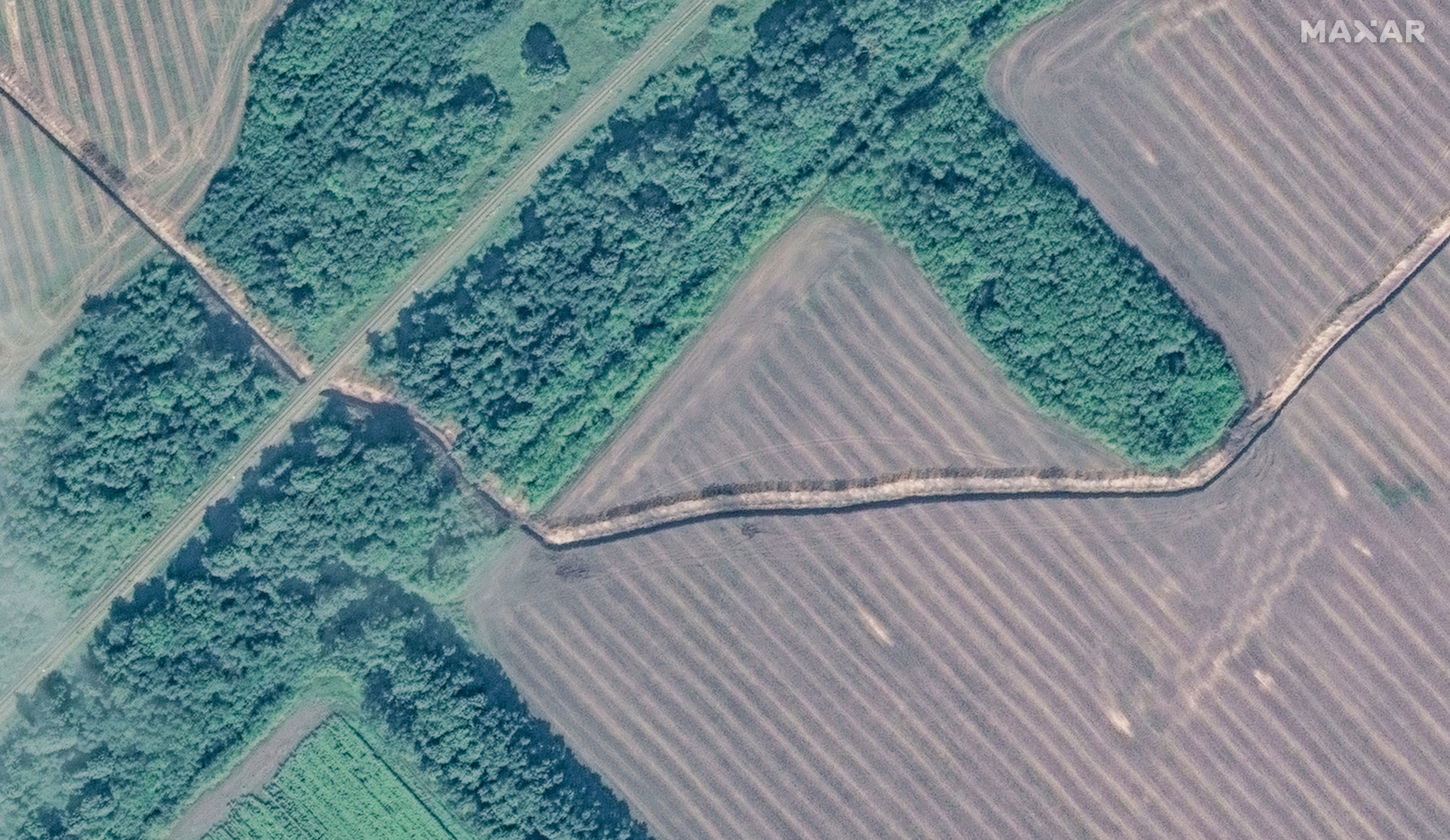
To conduct the Kursk operation, Kyiv deployed battalions drawn from multiple brigades, some of which were pulled from the hottest parts of the front line, where Russia’s advance has continued unabated. So far, Moscow’s overall strategic advantage is intact.
“The stretching of the front line for us is also stretching the front line for the enemy," said the commander of the 14th Regiment of Unmanned Drones, who uses the call sign Charlie, after he participated in the opening stage of the offensive. “Only we have prepared for this operation in detail. The Russians were not prepared for this operation at all.”
As the offensive enters its second week, Ukrainian forces are pushing out in several directions from the Russian town of Sudzha.
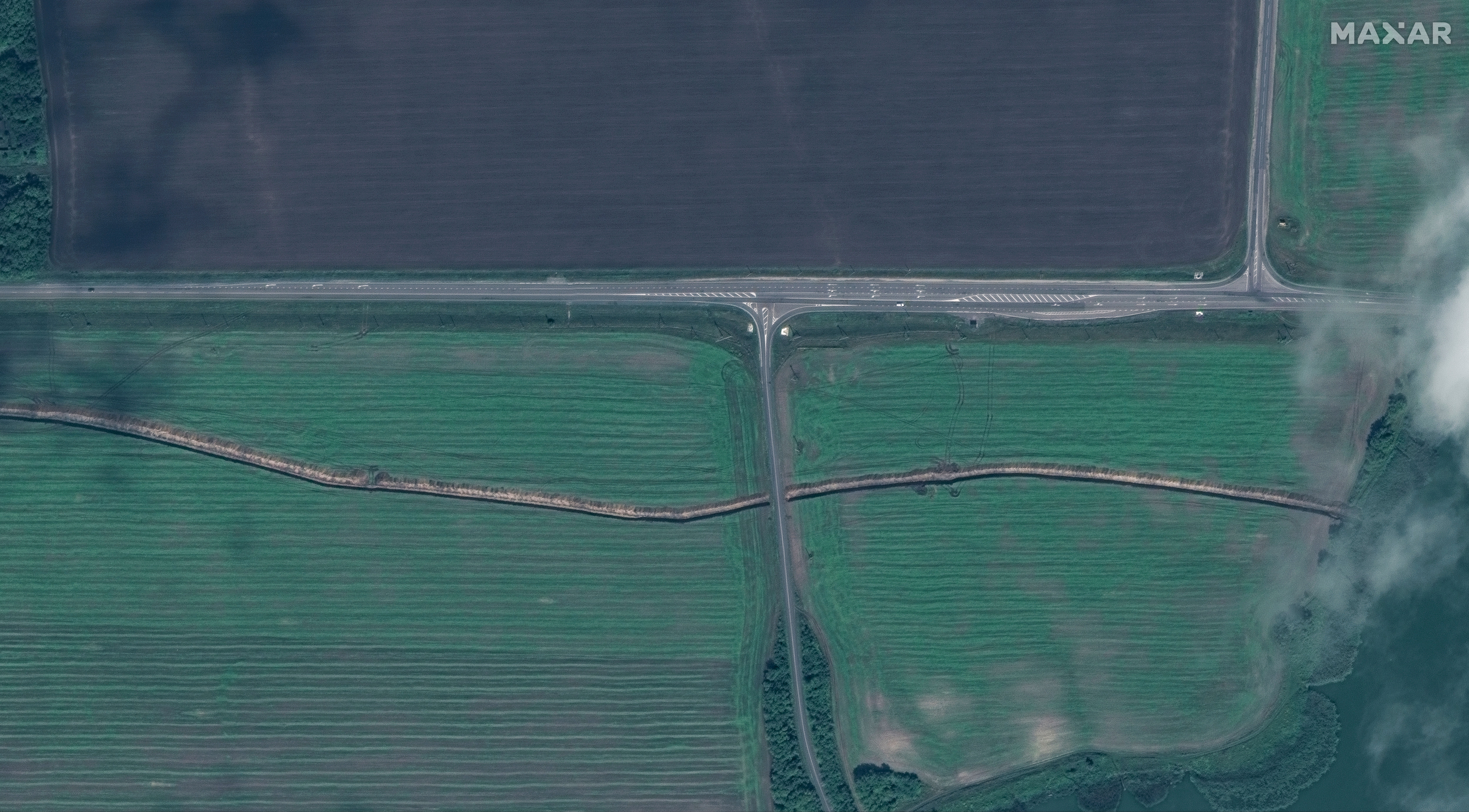
Images from the battlefield showing columns of destroyed Russian weaponry are reminiscent of Ukraine’s successful counteroffensives in 2022 in Kherson and Kharkiv. The photos are also a boon to national morale that deflated after the failed 2023 summer counteroffensive and months of recent territorial losses in the east.
But some analysts are reserving judgment on whether the Kursk region is the right theater to launch an offensive. Estimates of the number of troops operating there range from 5,000 to 12,000.
A map of Kursk:
Within a week, Ukraine claimed to have captured almost as much Russian land in Kursk as Russian forces took in Ukraine in the last seven months, according to the Institute for the Study of War, a Washington-based think tank.
Russian authorities acknowledged the Ukrainian gains but described them as smaller. Even so, they have evacuated about 132,000 people.
Hundreds of Russian prisoners were blindfolded and ferried away in trucks in the opening moments of the lightning advance. They could be used in future prisoner swaps to free thousands of Ukrainian soldiers and civilians in captivity.
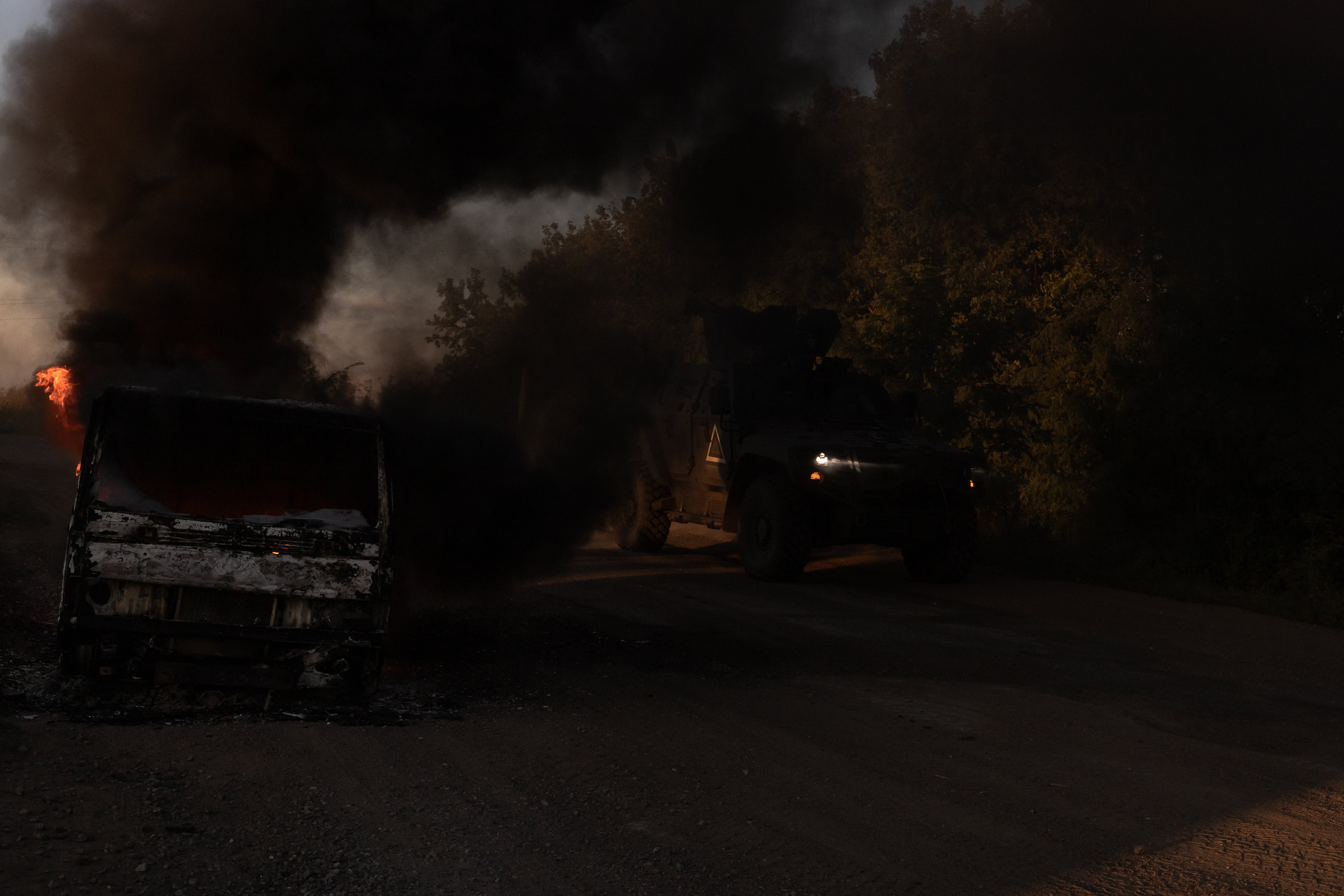
On Wednesday, Ukrainian human rights ombudsman Dmytro Lubinets said the fighting in Kursk had lead his Russian counterpart, Tatyana Moskalkova, to initiate a conversation about prisoner swaps, the first time such a request has come from Moscow.
Politically, the incursion turned the tables on Russia and reset the terms of a conflict in which Ukraine increasingly seemed doomed to accept unfavorable cease-fire terms. The strike was also a powerful example of Ukrainian determination and a message to Western allies that have dithered on allowing donated weapons to be used for deeper strikes inside Russian territory.
The assault has shown that the fear of crossing Russian “red lines” that could lead to nuclear escalation "is a myth, and that Ukraine’s battle-hardened military remains a formidable force,” wrote Taras Kuzio, a professor of political science at the National University Kyiv-Mohyla Academy.
Presidential adviser Mykhailo Podolyak suggested that the incursion may also strengthen Kyiv’s hand in future negotiations with Russia. Occupying part of Russian territory ahead of any cease-fire talks may give Ukraine some leverage.
Though the fighting continues, the territory currently under Ukrainian control is, by itself, of little economic or strategic value.
“There is some important gas infrastructure in the area, but its usefulness is likely to be limited other than as a minor bargaining chip. Ukrainians have also cut a railway line running from Lgov to Belgorod,” said Pasi Paroinen of the Black Bird Group, a Finland-based open-source intelligence agency that monitors the war.
Major military bases are far from the current area of operations, and Ukrainian advances are expected to slow as Russia sends in more forces.
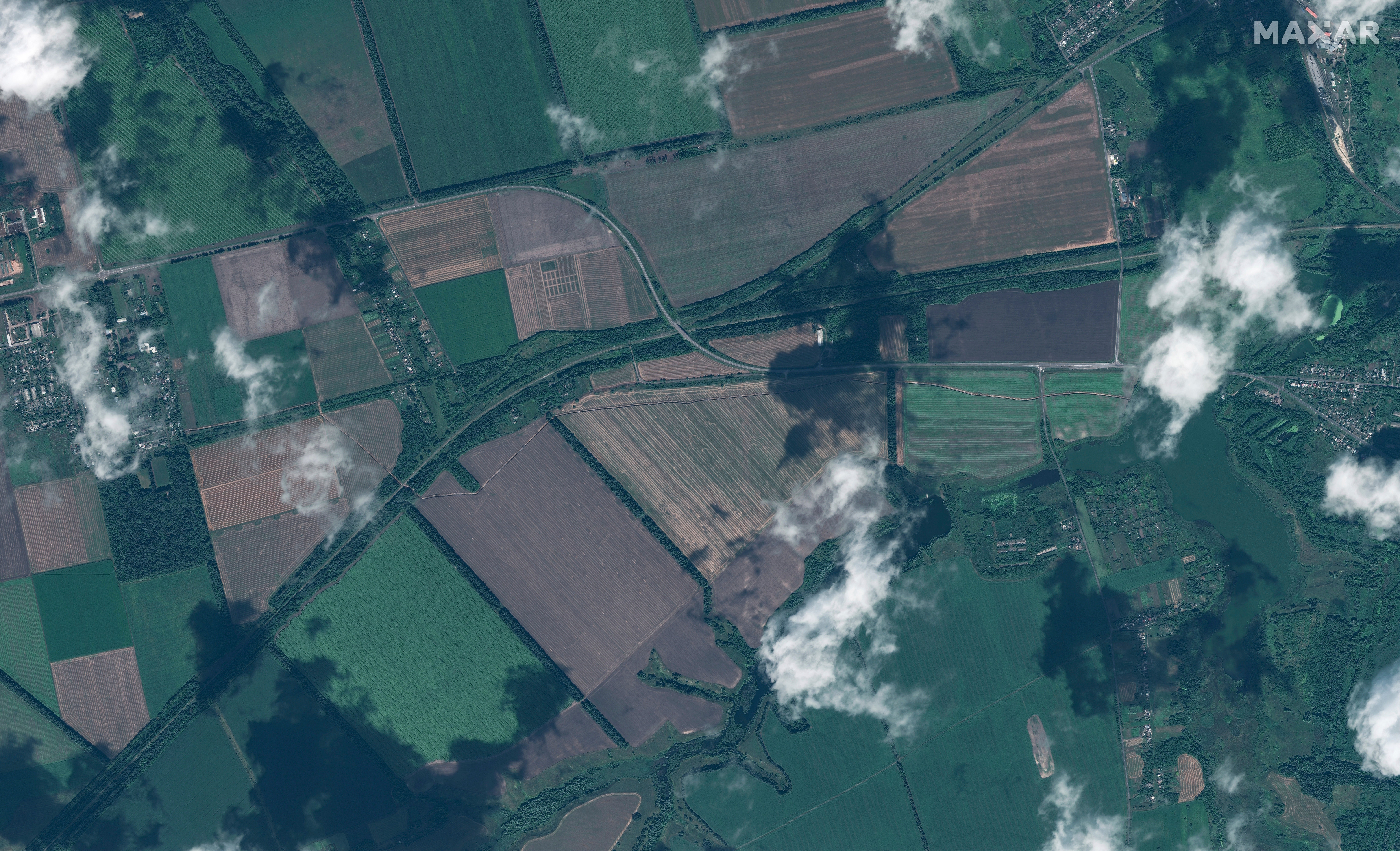
Ukrainian officials have said they do not intend to occupy Kursk, but they may seek to create a buffer zone to protect settlements in the bordering Sumy region from relentless Russian artillery attacks and to block supply lines to the northeast.
Forcing Russia to deploy reserves intended for other parts of the 1,000-kilometer (620-mile) front line was the minimum aim, said Charlie, the commander. But so far, Moscow’s focus in the Donetsk region has not changed.
Some Ukrainian troops were pulled from those very lines, where manpower shortages were a key factor that contributed to territorial losses this year.
In the strategically significant Pokrovsk area, which is the main thrust of Russia’s offensive effort, soldiers have seen few improvements since the Kursk incursion.
“Nothing has changed,” said a soldier known by the call sign Kyianyn. “If anything, I see the increase in Russian offensive actions.”
But the Kursk operation "showed they can’t defend their own territory,” he said. “All of us are inspired here. Many of our soldiers wanted to go to Kursk and push them straight to the Kremlin.”
Targeting Russia’s Northern Grouping of Forces, which feeds the Kharkiv front, is a key goal, said Konstantin Mashovets, a Ukrainian military expert. Some Russian units have reportedly moved from Vovchansk in Kharkiv.
In the south, a small number of Russian units were redeployed from the Kherson and Zaporizhzhia regions, said Dmytro Lykhovii, the spokesman of the Tavria operational group. But that hasn’t affected Russian attacks.
"We even see an increase in (Russian) activity,” Lykhovii said.
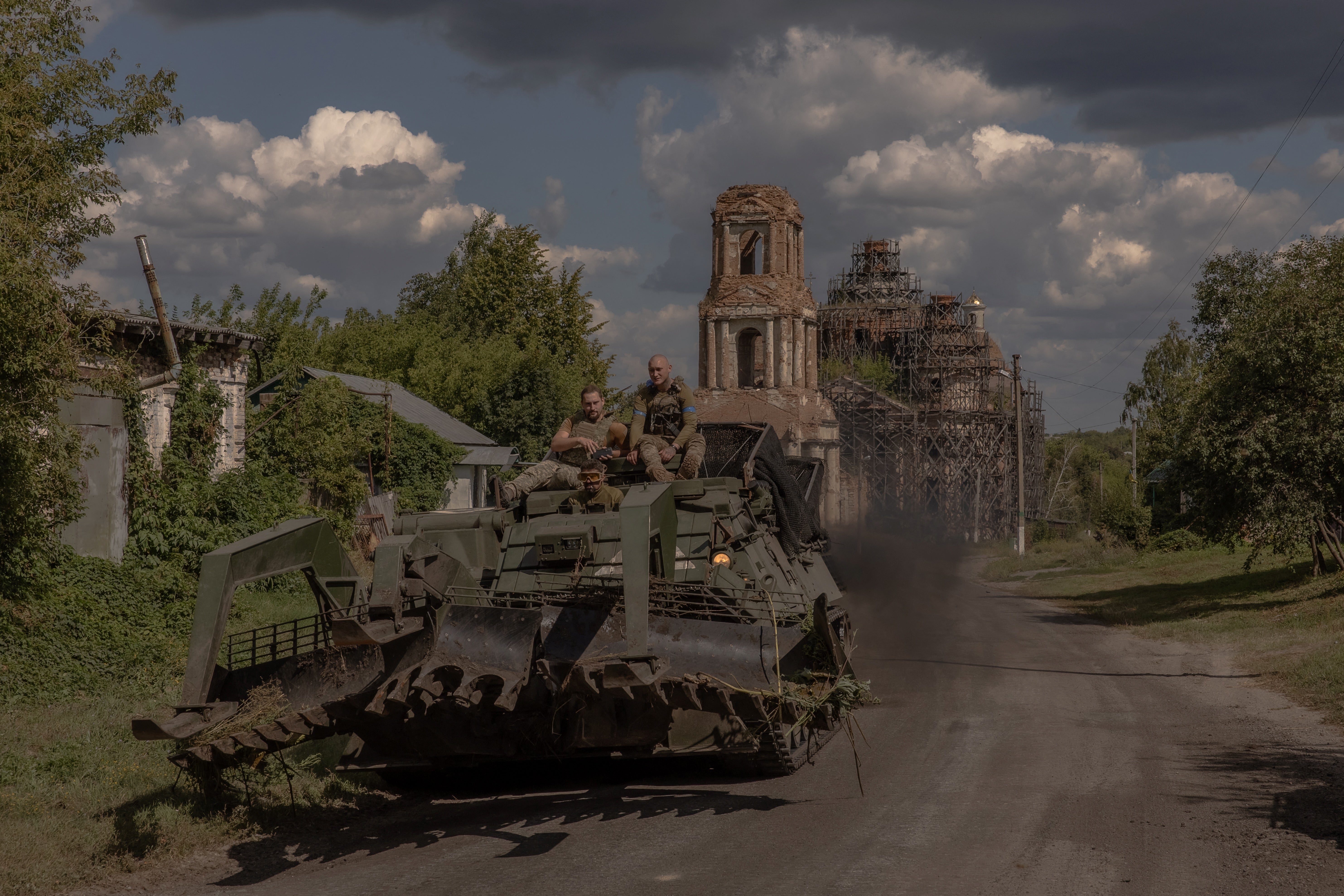
The Kursk operation has also served to draw attention away from the eastern front, where tens of thousands of Ukrainians have been killed and wounded, and where the Ukrainian military has struggled to repair cracks in its defenses.
Most territorial losses in June and July were recorded in the Pokrovsk area, which is near a logistics hub, with fighting intensifying near the towns of Toretsk and Chasiv Yar.
Russian forces dialed up those attacks to capitalize on troop fatigue and shortages. On many occasions, the losses were the result of poorly timed troop rotations and blunders that cast doubt about the overall strategy of the Ukrainian military's General Staff.
“There is no way Russia will stop its actions in the parts of the front line where they are tactically succeeding,” Mashovets said. “There, they will push and squeeze until their last man is standing, no matter what." But the push into Kursk might force the Kremlin to pull reserves "from the parts of the front line that are of secondary importance.”
